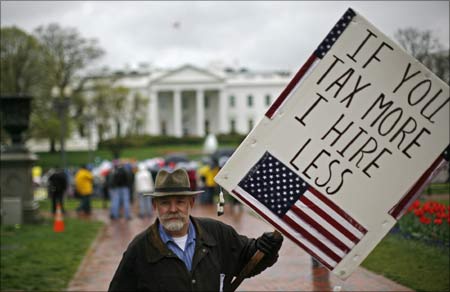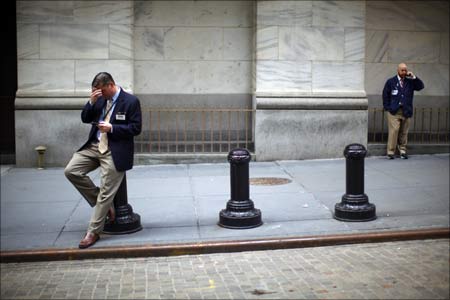- Joined
- Feb 16, 2009
- Messages
- 342
- Likes
- 9
Boeing to deliver $17 billion of planes to India in 5 years
BANGALORE (Reuters) - U.S. aircraft maker Boeing Co BA.N will deliver 100 planes worth $17 billion over the next four to five years in India, the president of its Indian operations said on Tuesday.
"We clearly want to extend our footprint in India," Dinesh Keskar, president of Boeing India, told reporters at the launch of Boeing's research and technology center in the southern city of Bangalore.
Last year Boeing had projected India would need 1,001 aircraft worth more than $105 billion over the next 20 years and Keskar said the forecast was still valid despite an economic downturn.
Boeing has not seen any cancellation of its order for civilian aircraft from Indian airlines, though Jet Airways JET.BO deferred the order of two aircraft last year, he said.
Boeing, which also competes for defense projects in Asia's third-largest economy, and European rival Airbus EAD.PA have seen new orders for planes slump as many major economies have slid into recession.
DREAMLINER COMPENSATION
Boeing will pay compensation to national carrier Air India and Jet Airways for the delay in delivery of 787 Dreamliner, Keskar said, but declined to quantify.
Rival Airbus was forced to pay hundreds of millions of dollars in compensation after its A380 superjumbo fell two years behind schedule. Now Boeing may face similar claims.
More than 50 airlines are waiting for 892 Boeing 787s, worth a combined $145 billion at list prices.
Earlier this month Boeing said it was working toward the first delivery of the delayed 787 in the first quarter of 2010. It was on track to make its first test flight of the aircraft in the second quarter of 2009.







